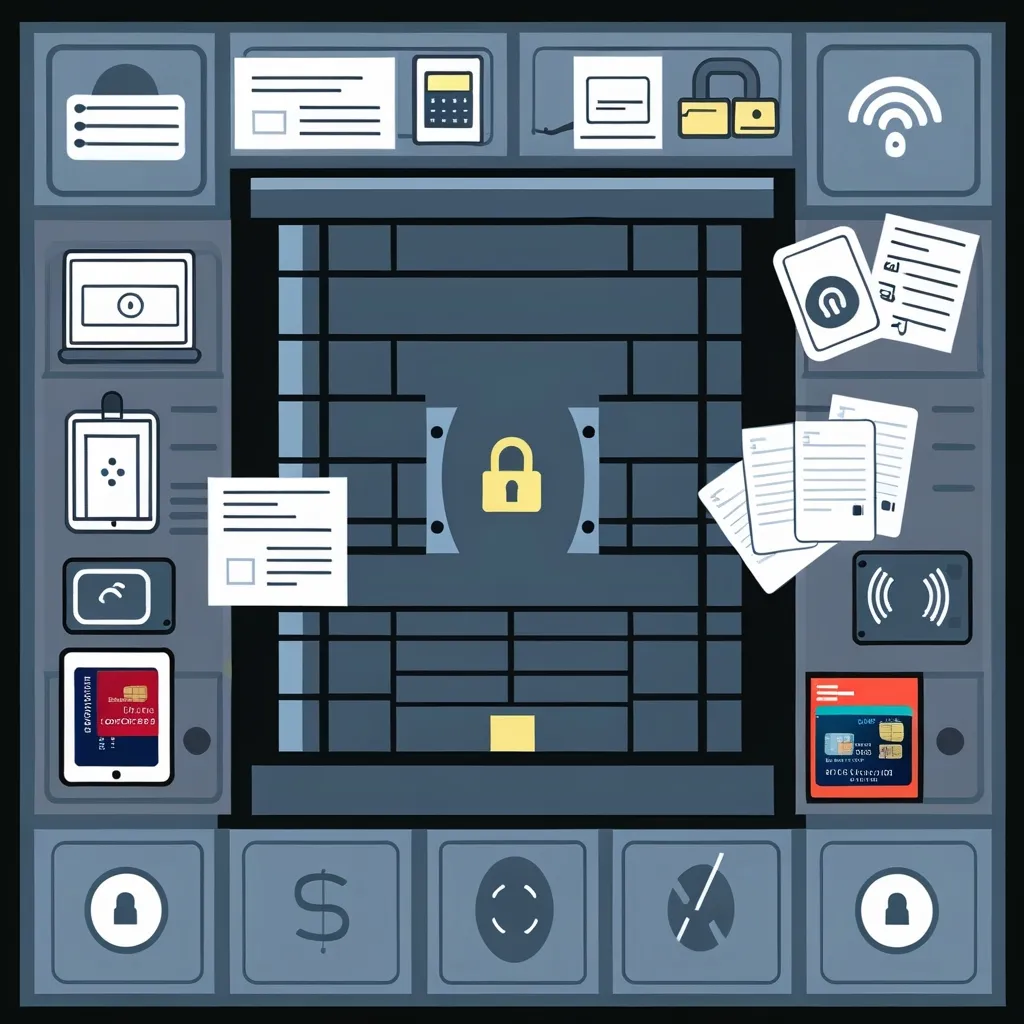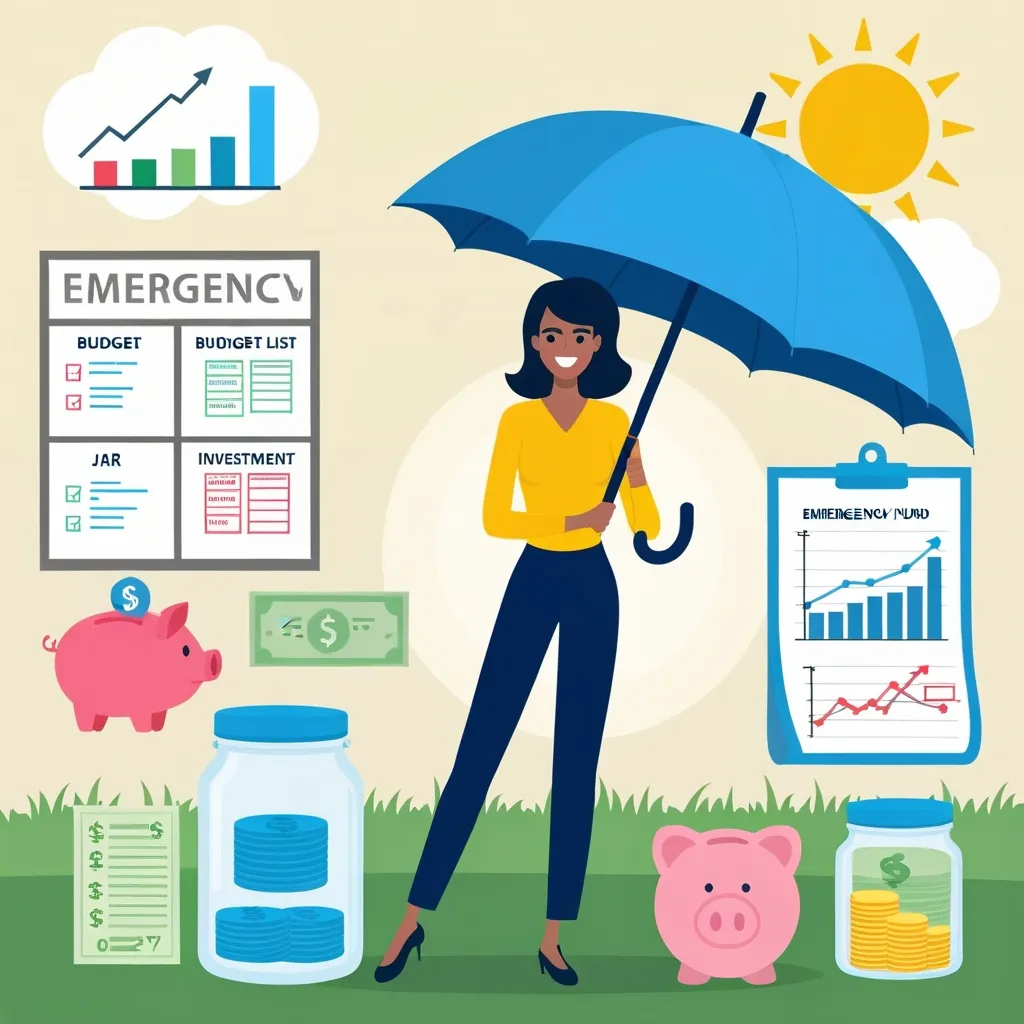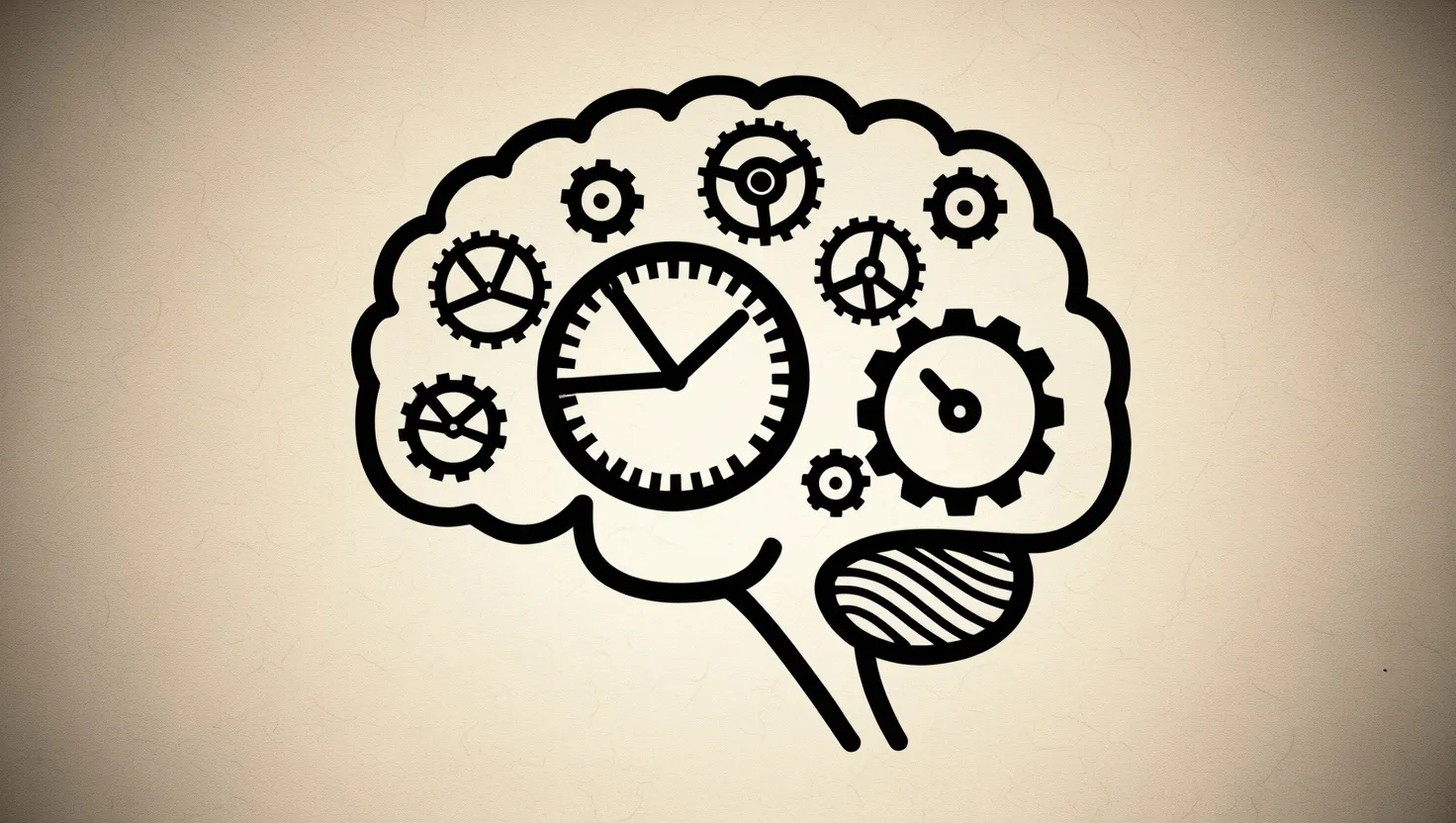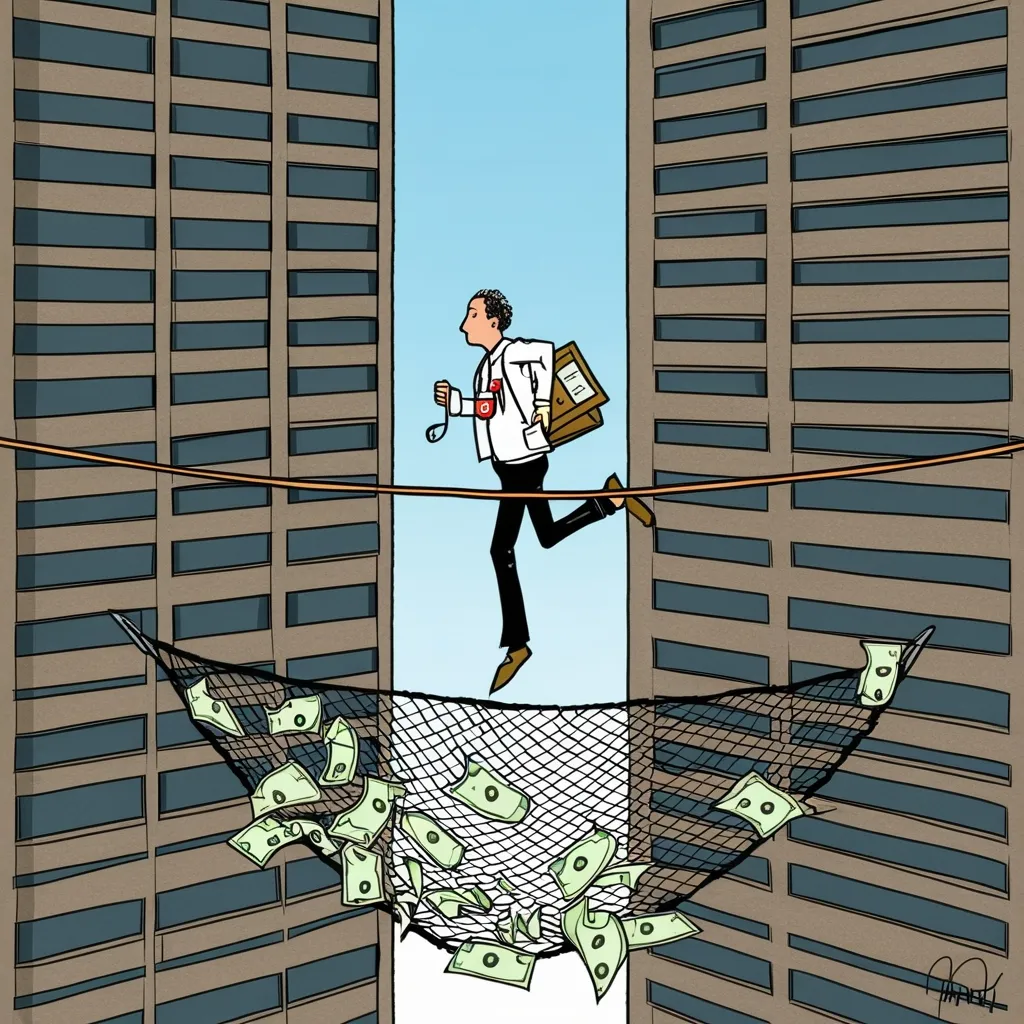In our tech-driven world, keeping your personal and financial info safe is more important than ever. Identity theft can ruin your credit and mess with your finances big time. But don’t sweat it—there are ways to protect yourself and seriously cut down the risk of falling victim. Let’s break it down in a chill, easy-to-read manner, so you can up your cybersecurity game without feeling overwhelmed.
First things first, lock down your personal info. This means all those important documents, online accounts, and your gadgets. Think about all the crucial stuff you have, like financial records, your Social Security card, and credit cards. Keeping these items secure at home and work is the first step. Don’t carry unnecessary documents around—leave your Social Security and Medicare cards safe at home unless you absolutely need them.
Whenever you have to share personal, financial, or health info, be super careful. Only give out this info over the phone, through mail, or online if you’re sure it’s safe and you know who you’re dealing with. Always keep an eye on your credit card receipts too. If they show your entire account number, report it straight away.
Keeping tabs on your accounts regularly is a no-brainer. Make it a habit to check your bank statements, online banking, credit card transactions, and credit reports often. This way, you can spot any weird or fishy activity and take action fast. For example, if you see a transaction you didn’t make, hit up your bank or credit card company immediately.
Passwords can be a real pain, but they’re essential. Use strong, unique passwords for each of your accounts. Steer clear of easy-to-guess ones and opt for a mix of letters, numbers, and special characters. You might want to use a reputable password manager to keep track of them all. Even if one password gets hacked, the rest of your accounts will stay safe.
Another layer of security? Multi-Factor Authentication (MFA). It sounds techy, but all it means is using more than one way to confirm it’s really you logging in. MFA makes it way harder for identity thieves to break into your stuff. Turn it on whenever you can, especially for important accounts like your bank or email.
Watch out for phishing scams. These sneaky tricks are designed to steal your sensitive info through fake emails, texts, or calls. Stay cautious and don’t click on links or download attachments from unknown sources. If an email looks suspicious, ignore it and don’t give away any details.
Keep your devices up to date with the latest security patches and install reliable antivirus software. Protect your gadgets with passcodes or biometric options like fingerprint or face recognition. Enable remote tracking and wiping features too—if your device gets lost or stolen, you can erase your info remotely.
Your Social Security number is like gold to identity thieves. Don’t carry your Social Security card in your wallet and only share your number when it’s truly needed. When someone asks for it, find out why they need it, how they’ll store it, and if they can use something else instead.
Shred sensitive documents before tossing them in the trash. A cross-cut shredder is your best friend here. Destroy anything with personal info, like bank statements, credit card offers, and receipts, to keep dumpster divers from snagging your details.
Checking your credit reports from all three major bureaus—Equifax, Experian, and TransUnion—is key. Look out for unauthorized accounts or suspicious activity. You can get a free copy of your credit report annually from each bureau at www.annualcreditreport.com. Regular checks can help you spot any issues early.
Stay updated on the latest identity theft trends and scams. Always be skeptical of deals that sound too good to be true or urgent requests for your info. Knowing about common scams and how to dodge them can go a long way in keeping you safe.
If you want some extra peace of mind, consider using identity theft protection services. These services usually offer credit monitoring and help you deal with identity theft problems. It’s a nice safety net in our digital world.
Whenever you’re asked to share personal information, don’t hesitate to ask questions. Why do they need it? How will they protect it? Who will they share it with? Check the company’s privacy policy to understand how they use your info. If you’re unsure, keep your information to yourself.
Mail theft is another way identity thieves can get your info. Pick up your mail promptly and use a secure mailbox. If you’re away, have your mail held at the post office or invest in a locking mailbox.
Be careful with Wi-Fi connections. Public networks often lack encryption, making your data vulnerable. Only send sensitive info to websites that use encryption, indicated by “https” in the URL. This keeps your data secure as it travels online.
When downloading apps, review the permissions they request. Know what info they’re accessing and why. Watch out if an app shares your info with third parties. This can help you prevent unauthorized access to your data.
Keep your important records in a safe place. Use a lockbox at home or a safe deposit box at the bank. For digital records, use secure cloud services with strong passwords and multi-factor authentication for added security.
Following these steps can seriously cut down the risk of identity theft and protect your financial info. The key is to stay vigilant and make safeguarding your personal data a priority. In the end, a little effort now can save you from a big headache later.






